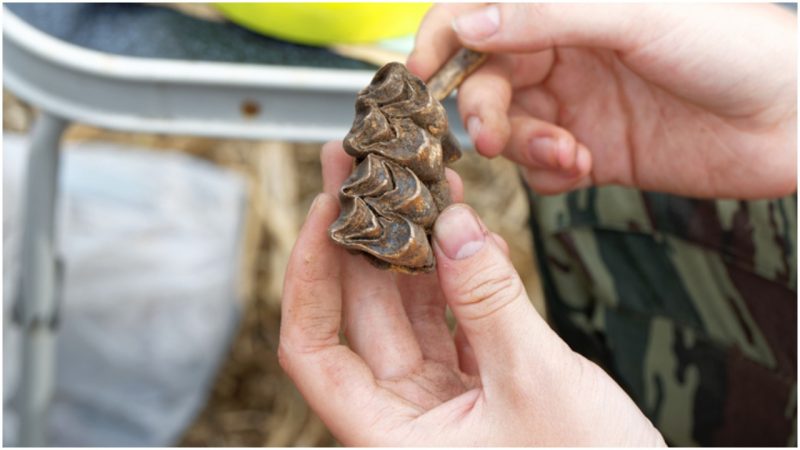An 11-million-year-old fossil of an extinct ape found in the Kutch region of Gujarat sheds new light on the evolution of the creatures into the great apes and ancestral humans.
Apes, or hominoids, are a group of primates from Africa and Southeast Asia that includes the gibbons and the great apes: chimps, orangutans, gorillas, and humans.
Ancient ape remains from Miocene deposits in the Siwaliks of India and Pakistan have been crucial to understanding the evolution of great apes.
The study authors said: “This is a landmark discovery.”
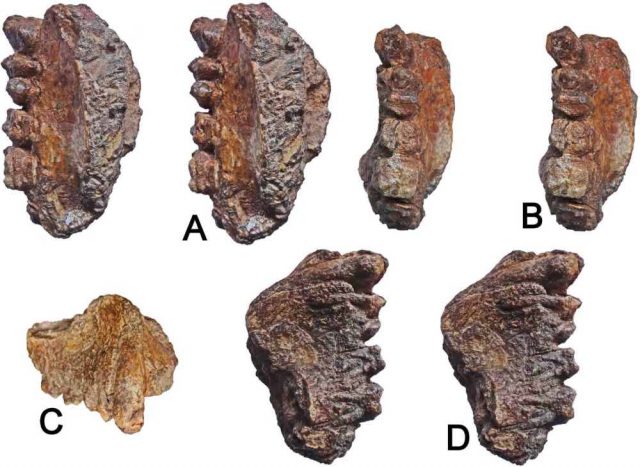
The fossilized jaw bone belonged to a species known as Sivapithecus that was believed to have lived only in the lower Himalayas in India, Pakistan and Nepal. “This is the first discovery of a Sivapithecus from peninsular India, establishing the range extension for the species. It is important to understand the evolution of hominoids,” said Sunil Bajpai, a fossil hunter at the Indian Institute of Technology, Roorkee, and one of the members of the team that discovered the relic.
Research under the scorching heat of the Kutch basin proved successful — paleontologists discovered a fossilized upper jaw (maxilla). Further studies showed that the fossil find was highly significant: it is the oldest and the only known ape fossil discovered in peninsular India.
Dr. Ansuya Bhandari from Birbal Sahni Institute, Lucknow stumbled upon the jaw in 2011 during a field survey with a group of paleontologists from the Wadia Institute of Himalayan Geology, Dehradun and IIT Roorkee.
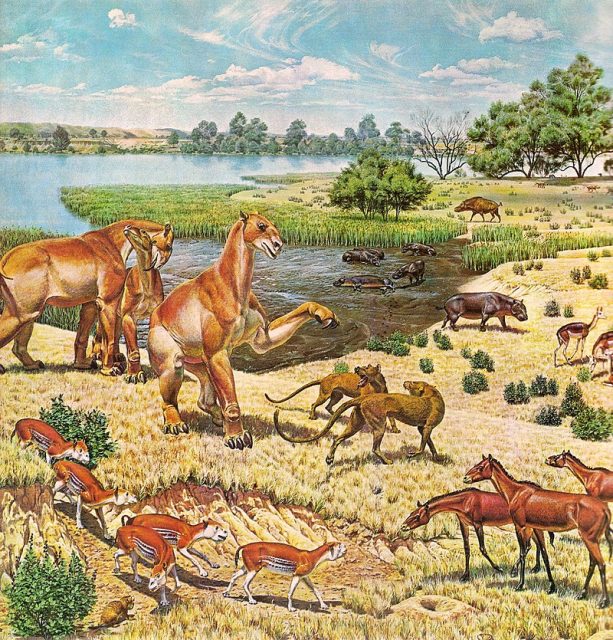
“Fossils of the Sivapithecus genus have been previously unearthed near the Siwalik hill range, spreading across Pakistan, Churia Hills in Nepal and around the Himalayas [Jammu & Kashmir and Himachal Pradesh]. Now this finding, almost 1,000 km south from the previous finds has increased the geographic range of the genus” says Dr. Ansuya Bhandari from the Birbal Sahni Institute and first author of the paper recently published in PLOS ONE in an interview with The Hindu.
“It also fills a time-window of approximately 11 million years in the evolutionary history of hominoid remains in India.”
Dr. Bhandari explained that researchers believe that Sivapithecus is close to the modern orangutan of Southeast Asia or an ape that is part of an early radiation of fossil hominoids — the great apes, the chimps, gorillas and orangutans, and also humans.
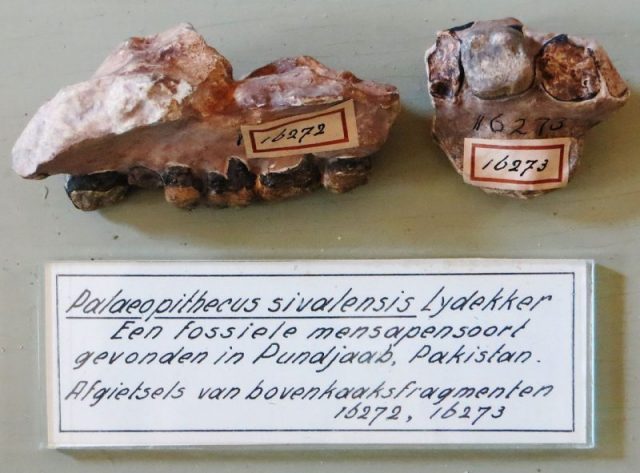
Researchers from Duke University conducted the X-ray CT scans. They noted that as the unearthed jaw had a lot of iron in it due to its deposition in an iron-rich ancient soil, the radiation was not able to penetrate very deep into the specimen, thus preventing better analysis, according to The Hindu.
“Kutch is a paradise for fossils. Many associated mammal fossils belonging to the Miocene age have been discovered here in the past, including whales and sea cows.”
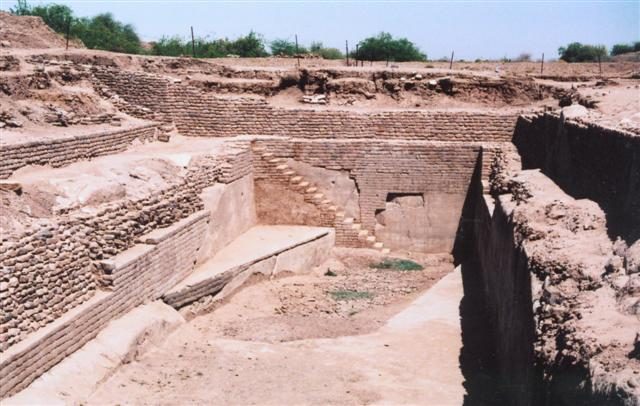
“The new discovery will help us understand in detail the evolution of great apes,” said Professor Sunil Bajpai from the Department of Earth Sciences at IIT, Roorkee and former director of the Birbal Sahni Institute. He is one of the authors of the paper.
The authors dated the specimen to the basal Late Miocene, around 10 million years ago, based on previous findings in the site.
“In the last seven years, there were other research papers that established the age of the location based on where the specimen was found. We can now say that these ancient apes were not restricted to the Himalayas,” said Bajpai.
Read another story from us: Greek Farmer Stumbles Upon Ancient Minoan Tomb Revealing Hidden Chamber
All sorts of primate discoveries have been made in India. Researchers dug up ancient and well-preserved bones in an Indian coal mine two years ago. The multi-million-year-old bones, those scientists say, come from rat-sized primates and appear to have been close relatives of our distant ancestors.
